Christians supposedly had long understood the
dangers of embracing the culture of the larger surrounding society. The
Bible spoke clearly about the need to avoid such an embrace, both in
the Old Testament stories of Israel and its struggle with this issue,
and in the New Testament gospels and letters of the apostles,
especially those written by Paul, who constantly pointed out the grave
dangers of embracing "the ways of the world." New England, in fact, had
been founded by Puritans precisely to escape the dominant English
culture of the day and instead provide in America a way where they
could better live to such a Christian understanding, that is, live in
line with the precise teachings of Scripture on this matter. And the
various Christian Awakenings that had rolled across America from time
to time afterwards were built around the awareness of Covenant America
that it was time to repent of the sin of having gradually fallen back
into the embrace of the materialistic Secular-Humanist world by which
the Adversary (Satan) was trying to lead America away from its
Christian faith and the social-intellectual-spiritual disciplines that
accompanied that faith.
Now with the rise of Johnson's totally
Secular Great Society program in the mid-1960s, with its seductive
proposal of bringing America to perfection through the work of
enlightened government bureaucrats, from the point of view of many
Christians, the time had come for yet another "Great Awakening."
Of course, as in former times, the idea
of revival was not met with enthusiasm by all those who called
themselves Christian, which at the time was still the vast majority of
America's adult world. But in many cases, such Christianity was merely
the American civic religion of the day, based on regular attendance at
church and the celebration of key holidays such as Christmas and
Easter. And now more recently, being "faithful" in such religious
exercise, this large Christian section of America (mostly the Vets)
consequently did not see any particular need for spiritual revival.
On the other hand, one particular branch
of American Christianity – the Evangelical, Pentecostal or Charismatic
movement – demonstrated a growth reminiscent of the earlier Great
Awakenings, although on a much smaller scale. The chief characteristic
of this movement was the matter of how the Holy Spirit was once again
"gifting" the church with the classic powers of healing, prophesy, and
just miracles in general. There was no particular centering point, no
particular religious community or denomination that pushed this
development, but instead this development took place in various
individual ministries found in various Christian denominations. And it
took on all kinds of different forms.
Pentecostals emphasized the speaking in
tongues – unusual prayers and prophetic pronouncements spoken while a
person was under the influence of the Holy Spirit, uttered in a
"language" that required someone else to translate it into the English
language to the others present at the time. Pentecostals claimed that
it was such an event as the speaking in tongues that marked the
spiritual "rebirth" of a person.
Charismatics took up a view similar to the Pentecostals, although less
insistent that tongues be the absolutely necessary sign of such an
infilling by the Holy Spirit. Charismatics took a broader view that
Spiritual rebirth could come with other giftings or signs, especially
in the form of healings through prayer, but also in other areas such as
powerful preaching, teaching, even music ministry, especially music of
the more contemporary variety (guitars, electronic keyboards and drums
instead of just traditional pipe organs). The charismatic movement
eventually could be found in all the denominations, especially the
Assemblies of God, Methodists, Episcopalians, and, surprisingly enough,
the Roman Catholics (although Catholicism had a strong and quite
ancient medieval tradition of mystical teachers and writers of a
similar spirit).
Certain individuals and groups would loom
large in this movement, such the televangelist Oral Roberts with his
Oral Roberts University in Oklahoma, the musician and author John
Wimber and his Vineyard Church movement originating in California, the
Calvary Chapel movement founded by Chuck Smith, also in California, but
soon spreading in the form of hundreds of new churches across America.
Other denominations took a very strong
position against just such a development, absolutely insistent that
such spiritual gifts ceased with the end of the 1st century (thus those
holding to this view became termed as "Cessationists"), kicking
charismatics from their Christian fellowships in the belief that such
giftings were actually deceptions issued by Satan himself. The Baptists
in particular had a very hard time with the charismatics, claiming that
a true Christian had all that was necessary to live the true Christian
life in and through Biblical knowledge – and that alone. Any claim of
finding spiritual guidance beyond that was purely evil. Presbyterians
also tended to be resistant to the charismatic movement, although more
as a matter of style than theology, similar to the reaction of the Old
Siders and the Old Lights to earlier Awakenings.
Evangelical Christianity attempted to
bridge all these differences by accepting the spiritual giftings of
whatever variety God gave a person, and then putting those to work by
taking the power of the gospel to the larger world, to help bring the
world to Christ. In other words, extensive missionary work was
encouraged to be taken up by those whom God had gifted with the powers
of salvation (of whatever form).
Clearly by the 1970s Christian growth was
to be found mostly within this more active Charismatic-Evangelical
branch of Christianity – but sadly not at the rate that the older
denominations were slowly dying. These denominations were simply dying
at the same rate that their older members were themselves passing away.
Not much new blood was coming into these older churches.
Meanwhile, feminists saw new
opportunities to fill the professional ranks of the clergy of these
older denominations. But this too did not seem to have much of an
impact in terms of spurring new growth in those churches.
In this rising post-modern age, Christian
America was finding itself able to survive to some extent largely
because of the vitality of these less-orthodox, evangelical
movements. But clearly Christianity was losing its foundational
position in American society. Would the evangelical movement be
enough to save Christian America? Only time, and God's
intervention yet again (should he chose to do so), would give an answer
to that question.

 The assault on the American family
The assault on the American family Mainline Christianity in crisis
Mainline Christianity in crisis The Federal Judiciary continues its assault on Christianity
The Federal Judiciary continues its assault on Christianity An national ideological shift to the Left
An national ideological shift to the Left




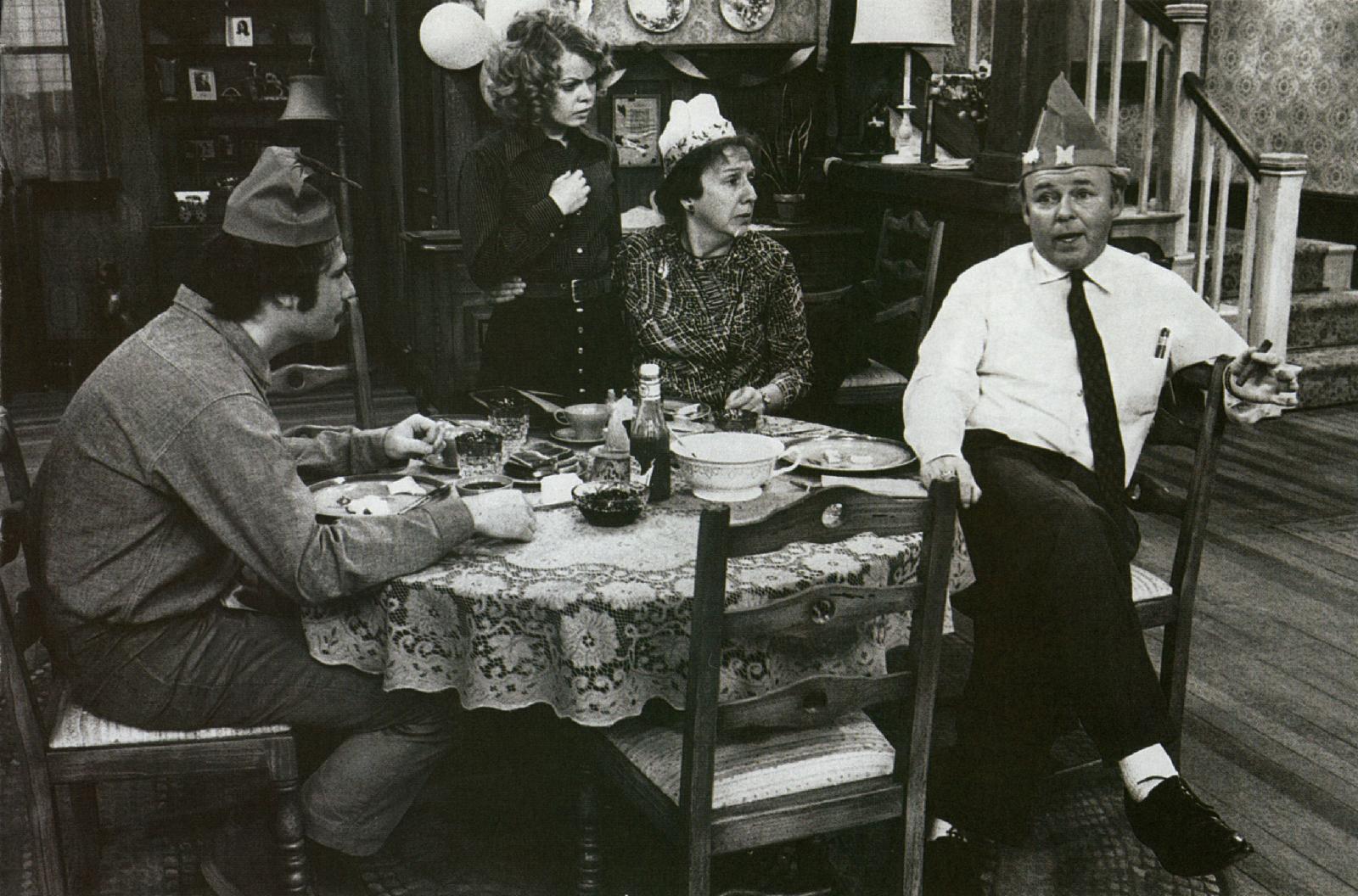
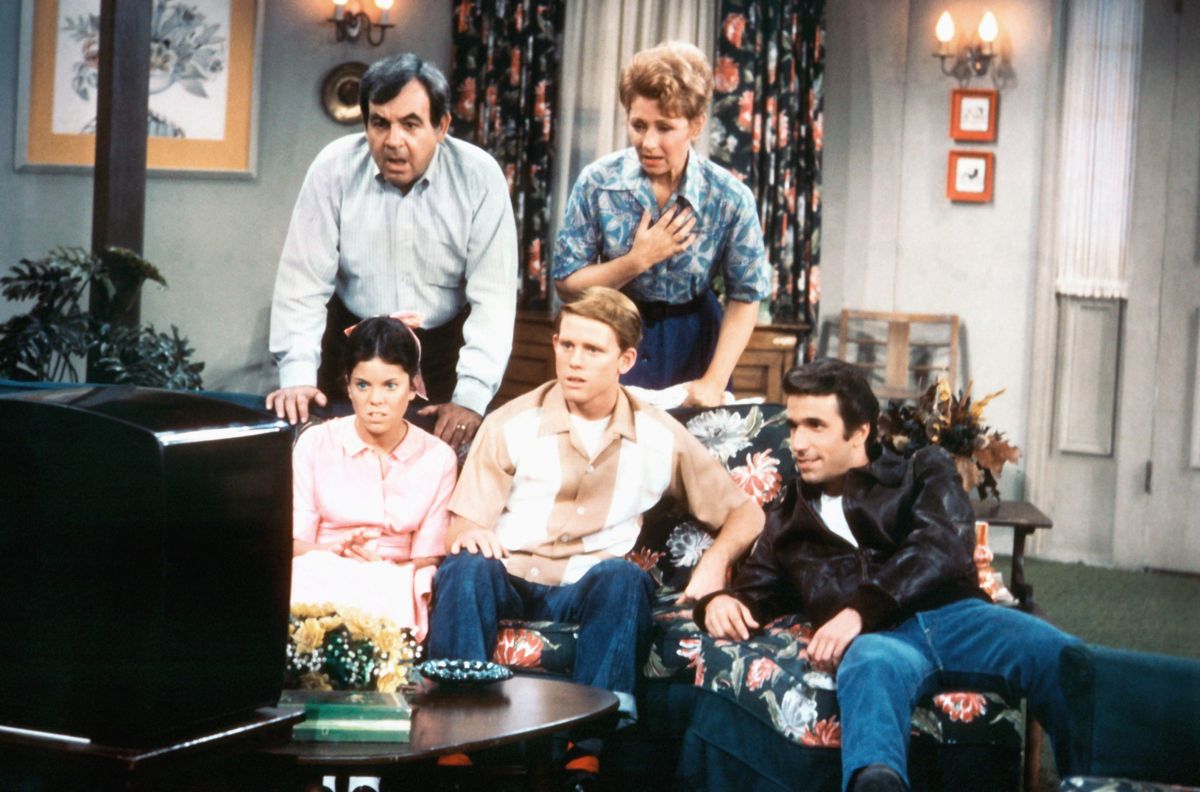
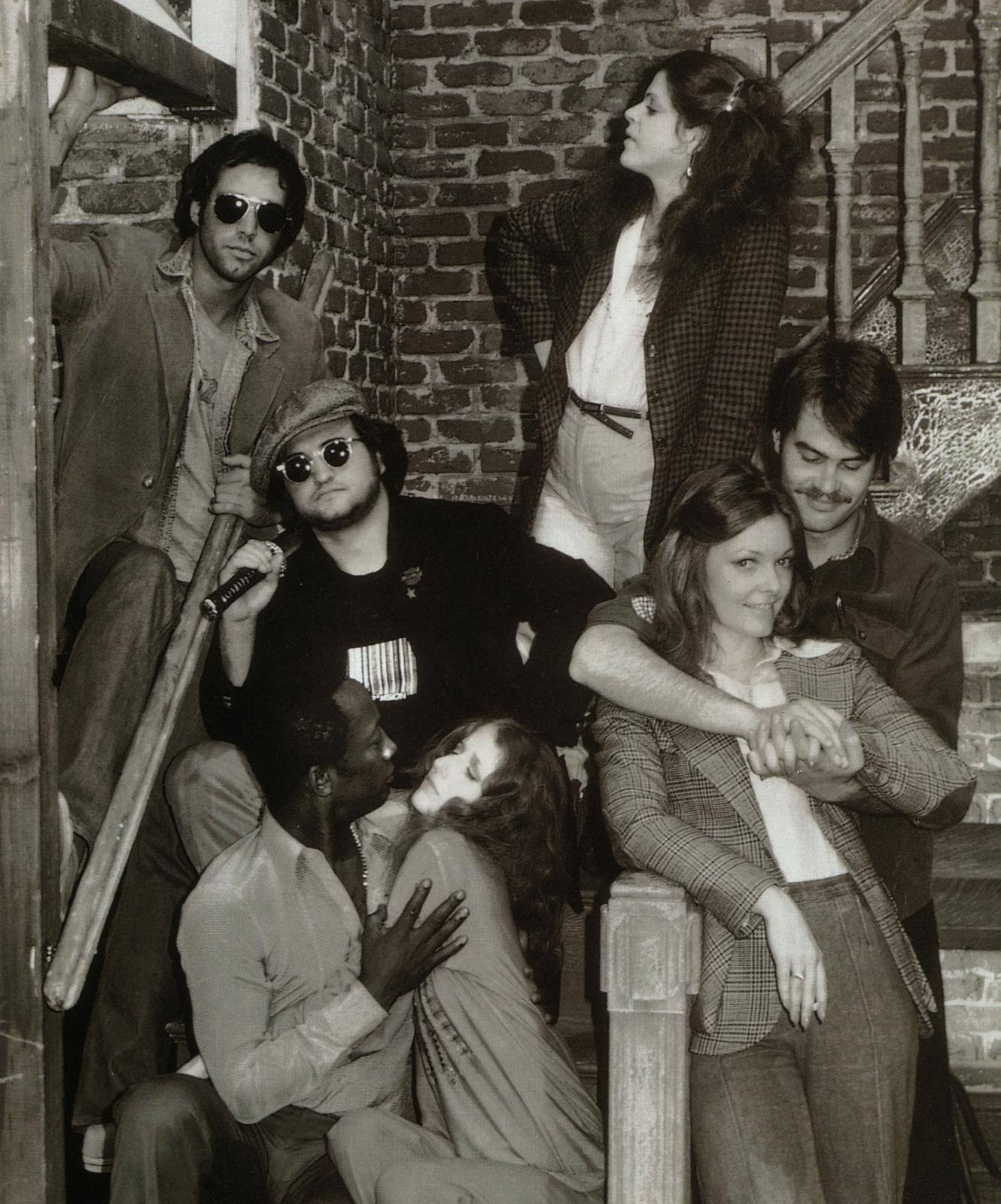

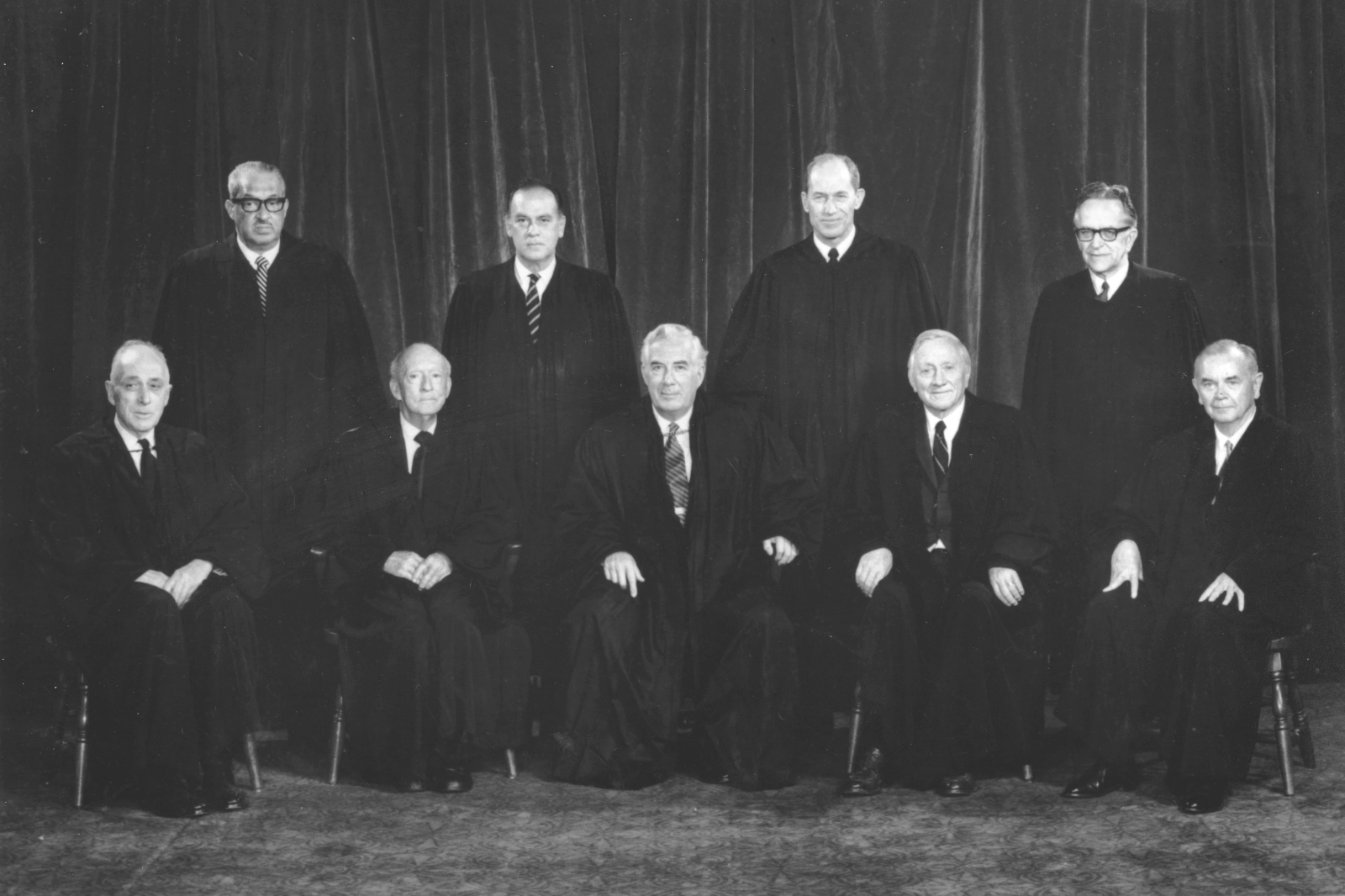
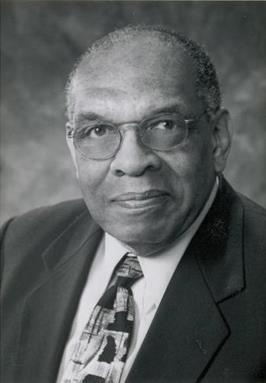
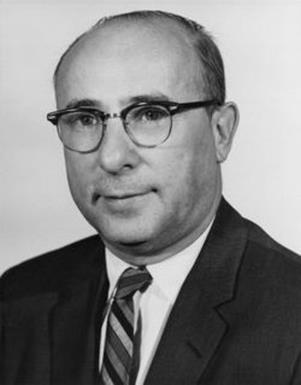
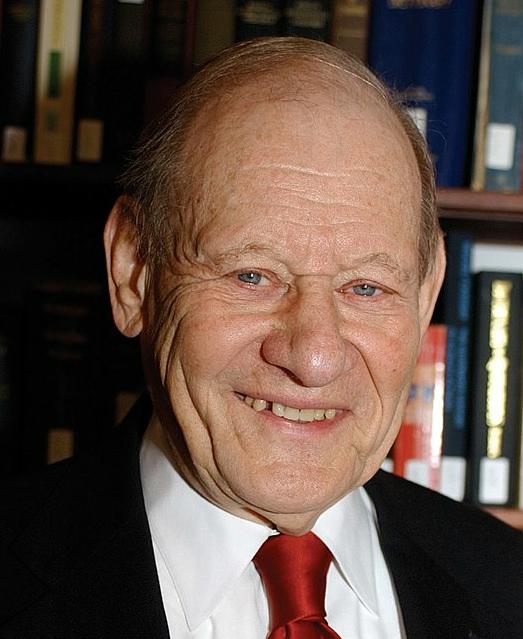

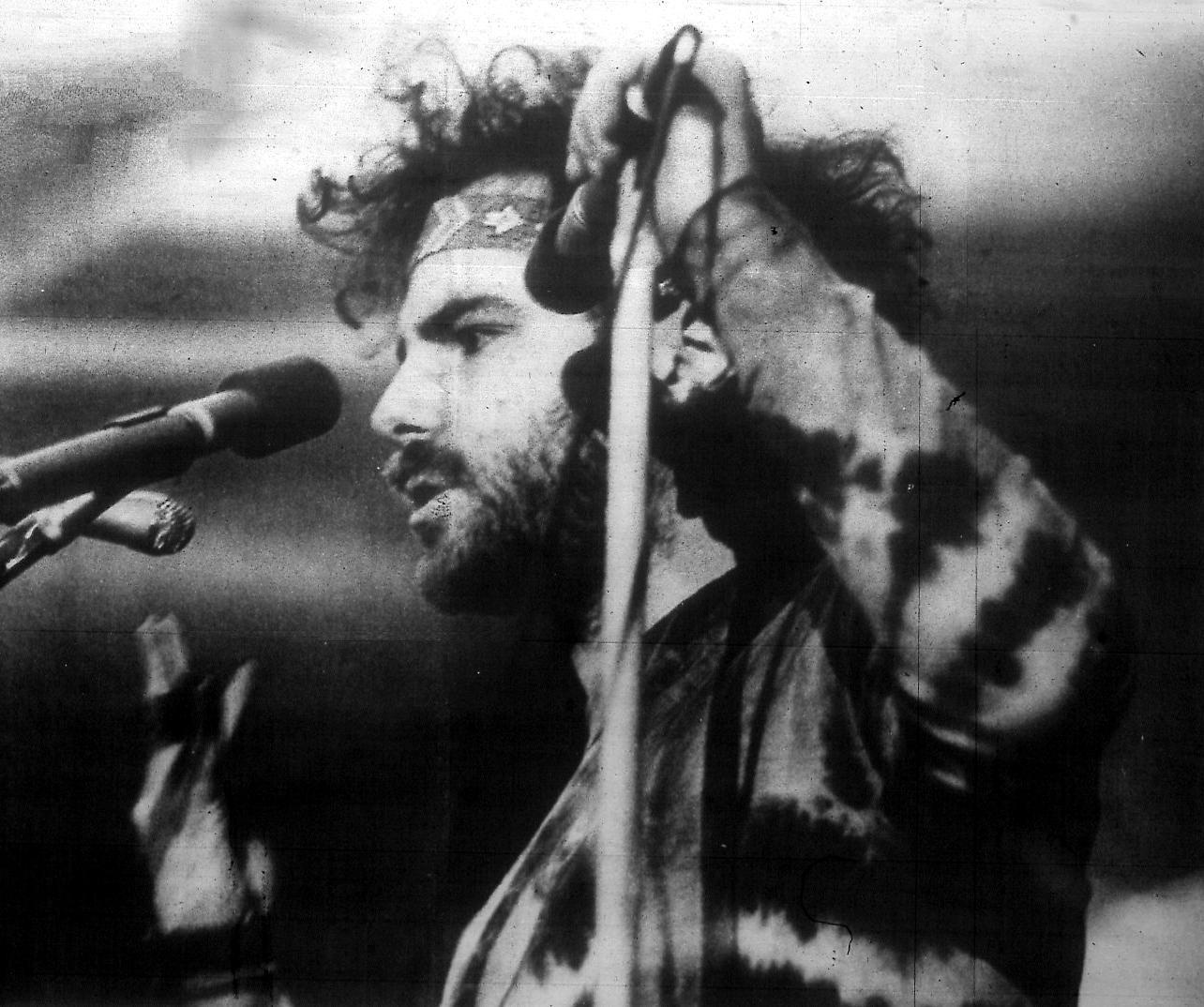

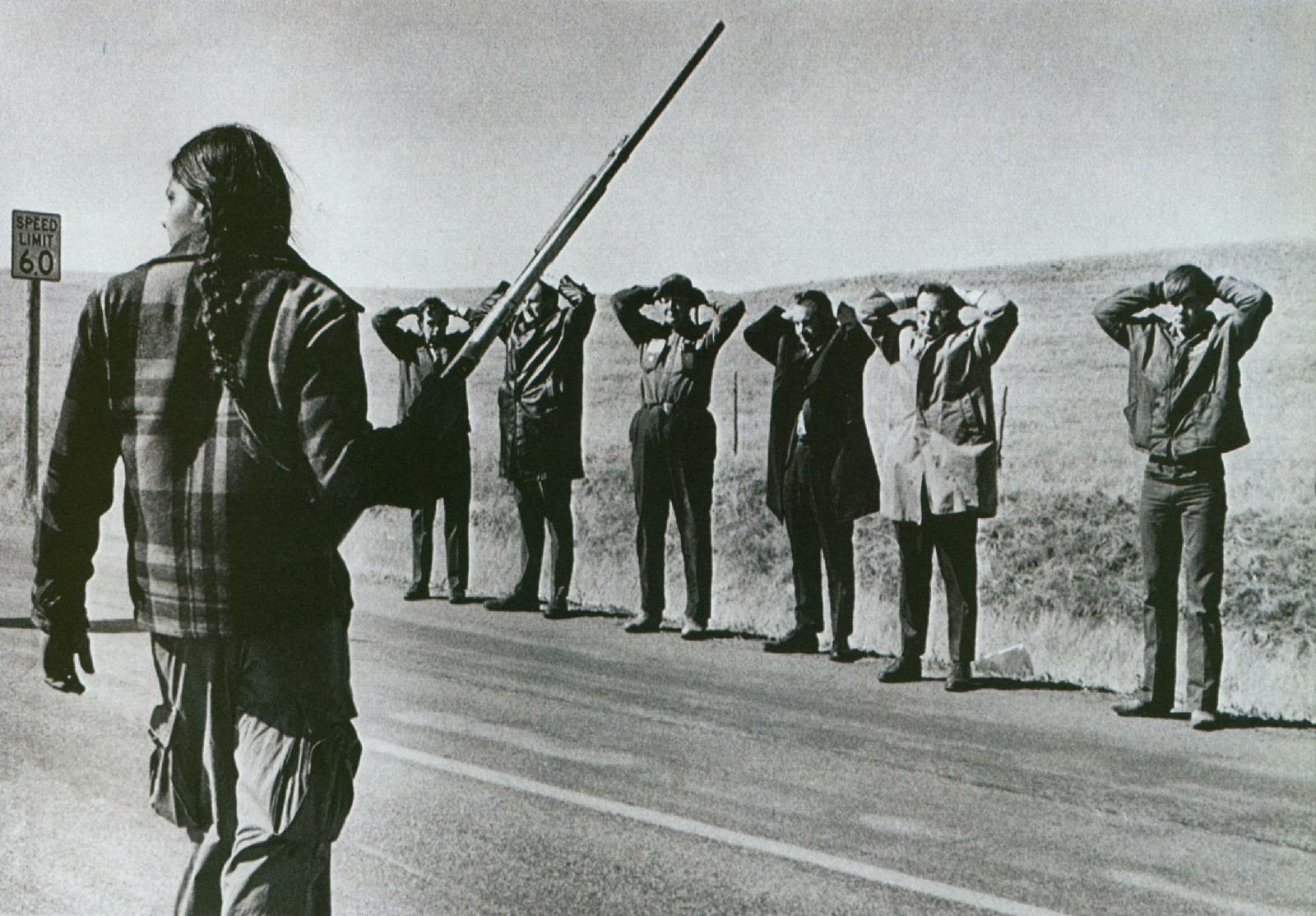

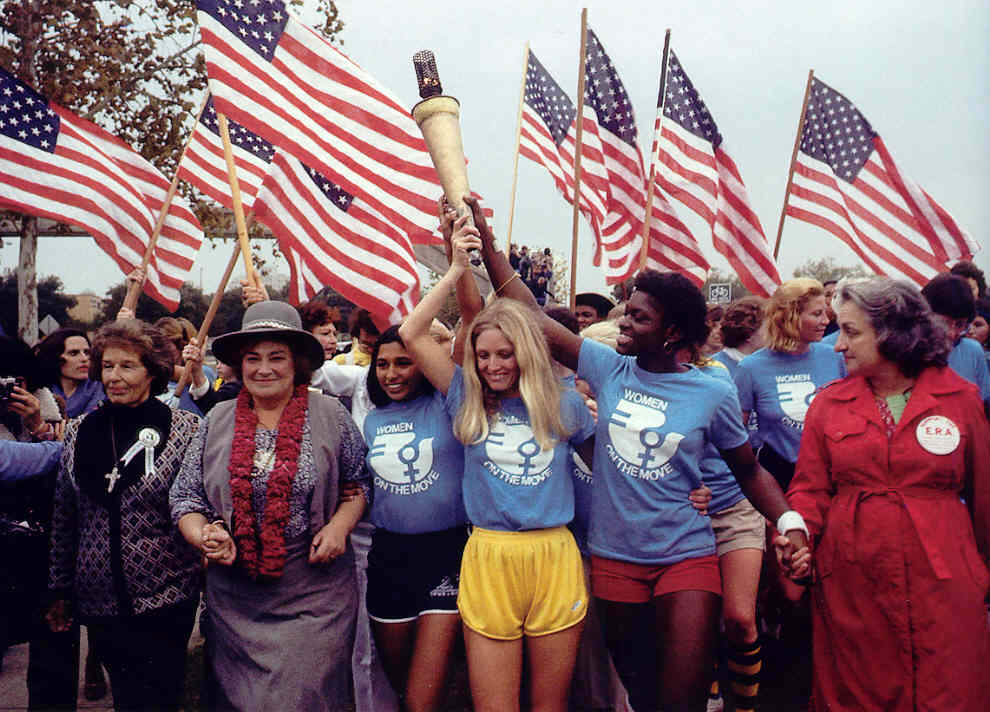


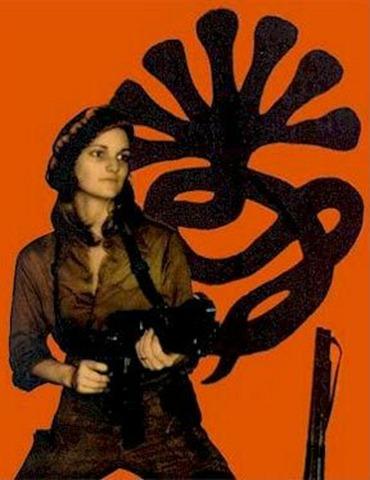
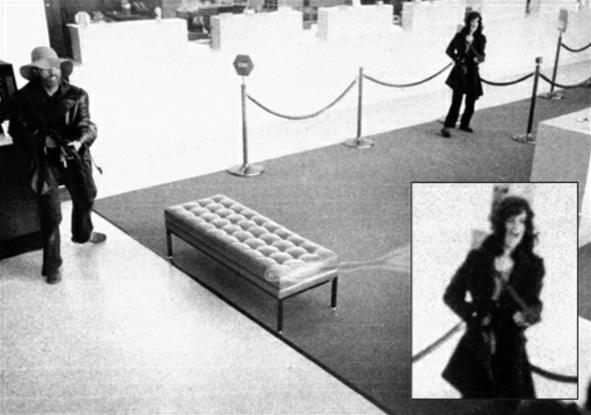


 Miles
H. Hodges
Miles
H. Hodges